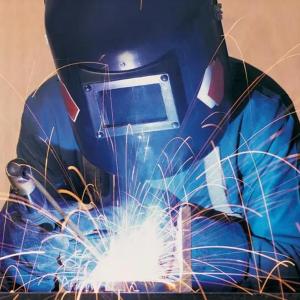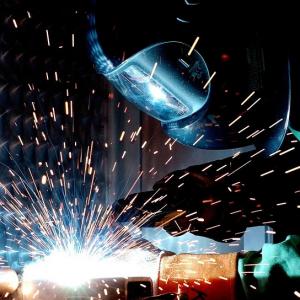What is metal fabrication and where is the industry headed?
WHAT IS METAL FABRICATION AND WHERE IS THE INDUSTRY HEADED?
Metal fabrication is the process of building machines and structures from raw metal materials. The process includes cutting, burning, welding, machining, forming, and assembly to create the final product.
Metal fabrication projects include everything from hand railings to heavy equipment and machinery. Specific subsectors include cutlery and hand tools; architectural and structural metals; hardware manufacturing; spring and wire manufacturing; screw, nut, and bolt manufacturing; and forging and stamping.
The main benefit of metal fabrication shops is the centralization of these many processes that are often required to be performed in parallel via a collection of vendors. A one-stop metal fabrication shop helps contractors limit their need to work with multiple vendors to complete complicated projects.
How Is Metal Fabrication Performed?
Metal fabrication industry has broad applications across a great many industries and consumer products. Standard raw materials used include plate metal, fittings, castings, formed and expanded metal, sectional metal, flat metal, and welding wire.
Shops employ many different experts, including welders, ironworkers, blacksmiths, boilermakers, and similar professionals that work with these raw materials and convert them into their final products.
According to the Bureau of Labor Statistics, approximately 1.425 million workers are employed in metal fabrication. Among them are cutting, punching, and press machine setters and operators; first-line supervisors; managers; machinists; team assemblers; welders, cutters, solderers, and brazers.
Sector Characteristics
Because demand is driven by the economy, the profitability of the metal fabrication industry relies on economic growth to thrive. Since the economic rebound after the last recession, metal fabrication has become a strong and intense business that continues to recalibrate itself and flourish. Current adjustments include a shift from leaning on a few large projects to maintain a yearly profit to attempting to maintain steady sales volumes by diversifying and continuing to follow the successful template of previous years.
Most companies in the metal fabrication business work primarily to fortify their organization’s strategy in a manner that can best help them make it through changes in the global economy. When the local economy thrives, these boosts tend to cause consumers to loosen their purse strings and purchase bigger-ticket items such as cars, boats, and houses. And as the population continues to grow, new construction picks up, requiring additional agricultural and commercial machinery.
The metal fabrication industry is highly cyclical and depends on industries such as auto, aerospace, construction, and energy. Earnings for each sector vary based on market and economic factors affecting those markets. Investors must look at their particular customer base and the economic influences affecting them in any given year.
To gather the best predictions, metal fabricators can start by looking at significant statistics for that area of business, be it home construction, energy, defense, or any other area. By diversifying the customer base and collecting customers from a variety of sectors, the cyclical nature of the industry can better manage to keep net profits consistent.
Metal fabricators that can quickly shift product lines can protect profits and focus on areas where demand is most prevalent. This type of diversification can create a sustainable revenue base, regardless of revolving economic conditions.


